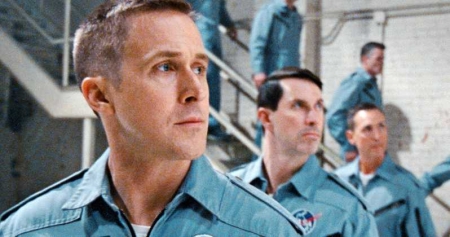Airbus to deliver the first Orion service module to NASA this week
My heart be still! Airbus will deliver this week the first Orion service module to NASA.
Airbus will deliver the first European Service Module (ESM) for NASA’s Orion spacecraft from its aerospace site in Bremen, Germany on 5 November 2018. An Antonov cargo aircraft will fly the ESM to NASA’s Kennedy Space Center in Florida, USA. This is the result of four years of development and construction, and represents the achievement of a key milestone in the project. ESA selected Airbus as the prime contractor for the development and manufacturing of the first ESM in November 2014.
Four years to simply build a single manned capsule’s service module. At this pace we might be able to colonize Mars and the Moon in about 200 years, maybe!
Note however that NASA only has funding to build 1.5 of these European service modules. It is possible that Congress has allocated additional funds, but if so, I missed it.
My heart be still! Airbus will deliver this week the first Orion service module to NASA.
Airbus will deliver the first European Service Module (ESM) for NASA’s Orion spacecraft from its aerospace site in Bremen, Germany on 5 November 2018. An Antonov cargo aircraft will fly the ESM to NASA’s Kennedy Space Center in Florida, USA. This is the result of four years of development and construction, and represents the achievement of a key milestone in the project. ESA selected Airbus as the prime contractor for the development and manufacturing of the first ESM in November 2014.
Four years to simply build a single manned capsule’s service module. At this pace we might be able to colonize Mars and the Moon in about 200 years, maybe!
Note however that NASA only has funding to build 1.5 of these European service modules. It is possible that Congress has allocated additional funds, but if so, I missed it.

